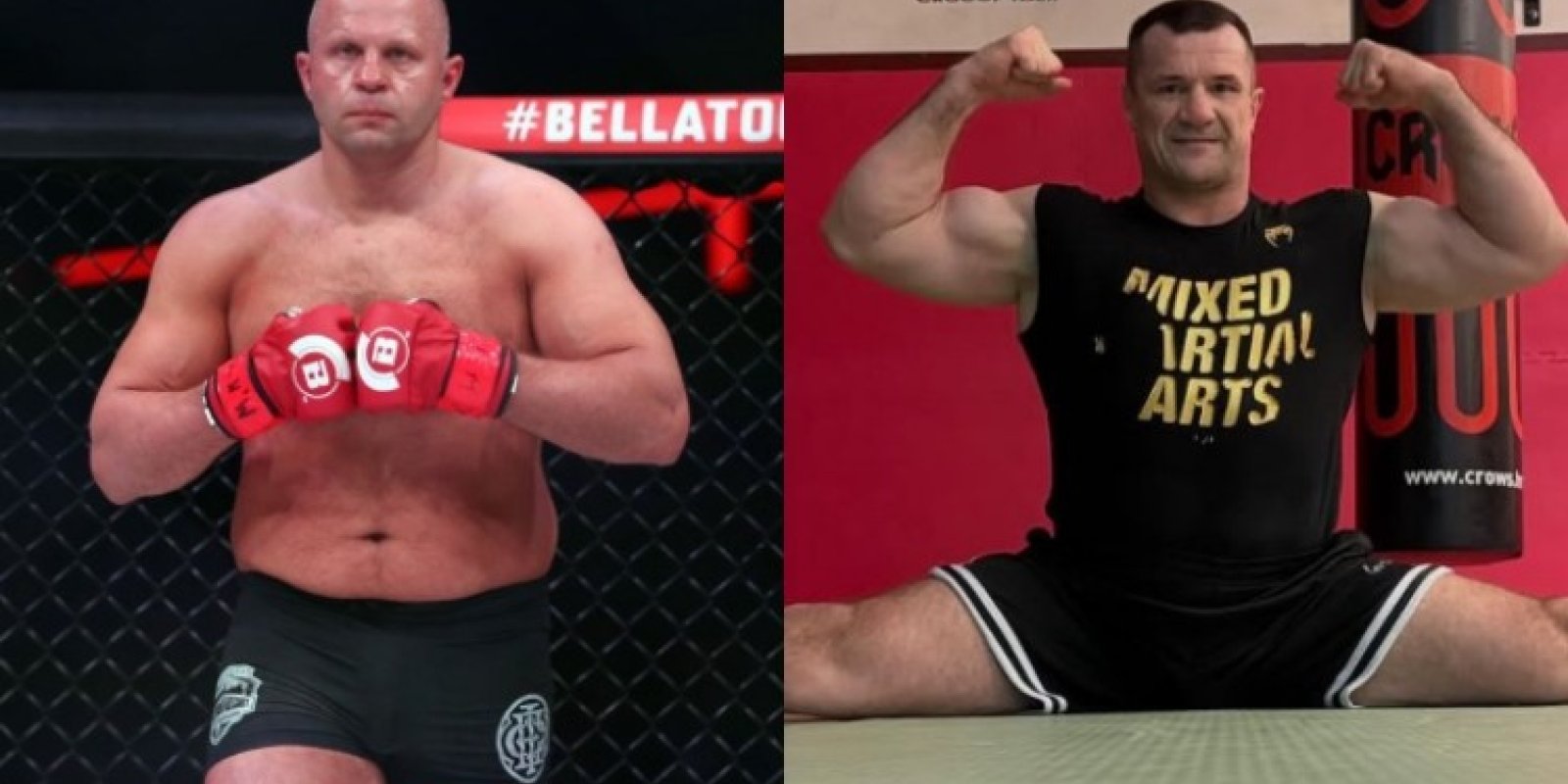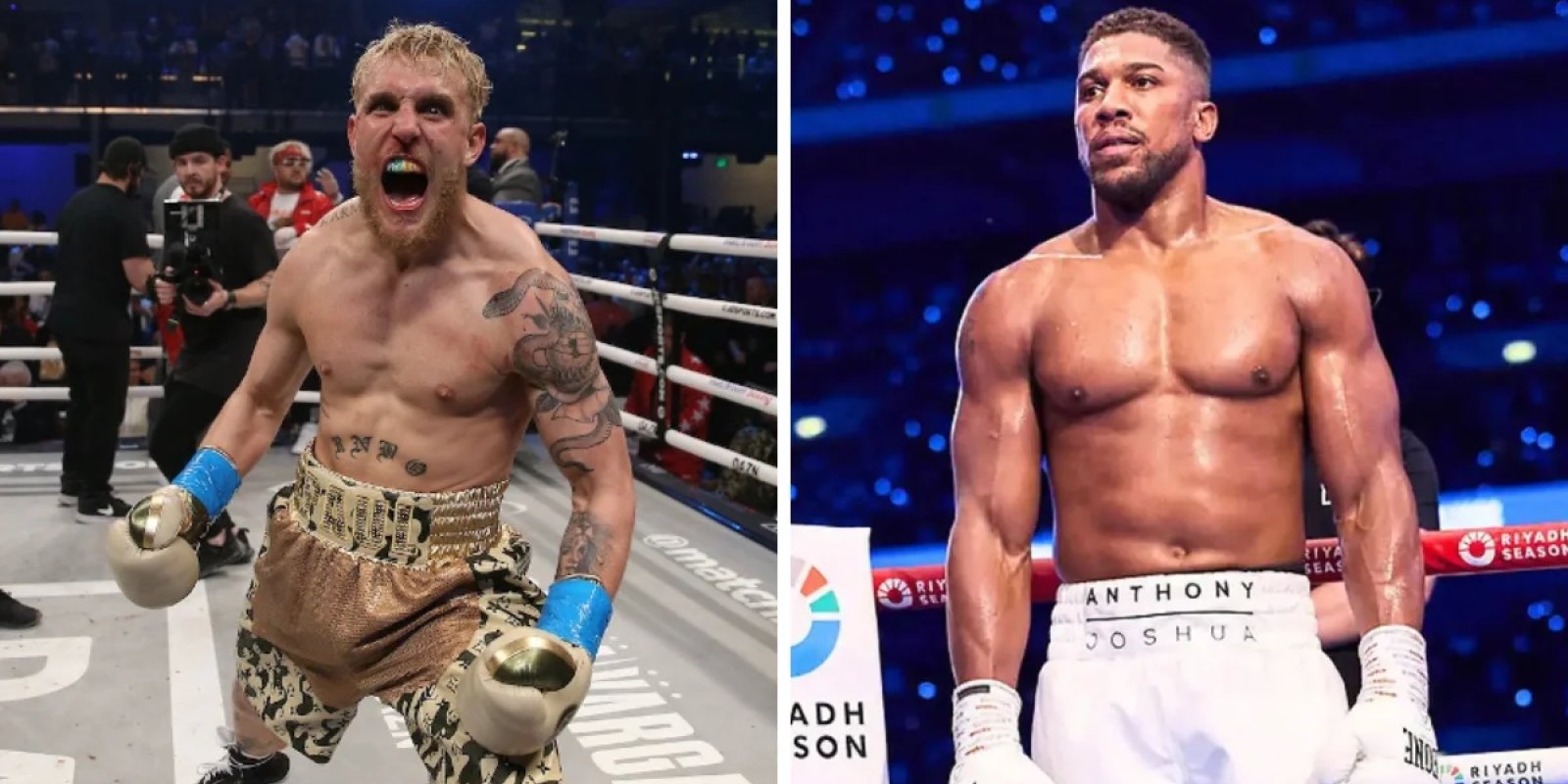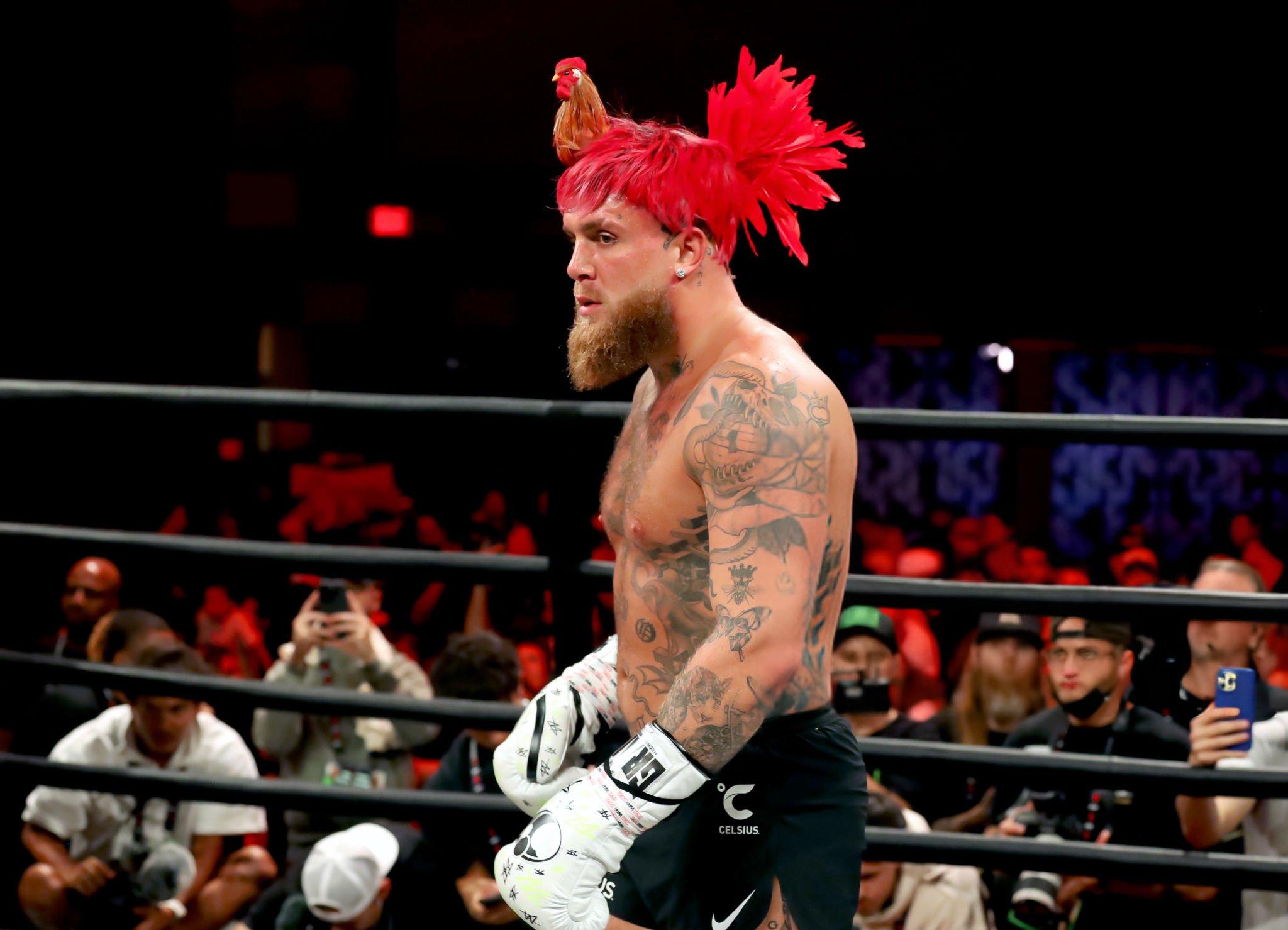
In a couple of years, Jake Paul has gone from an “internet punching bag” to someone taken seriously at the negotiating table. In the ring he needles veterans and pulls at the gate, while behind the scenes he is building his own promotional vertical, Most Valuable Promotions (MVP), turning hype into a structured business.
From Zero to a System: Why MVP Was Born
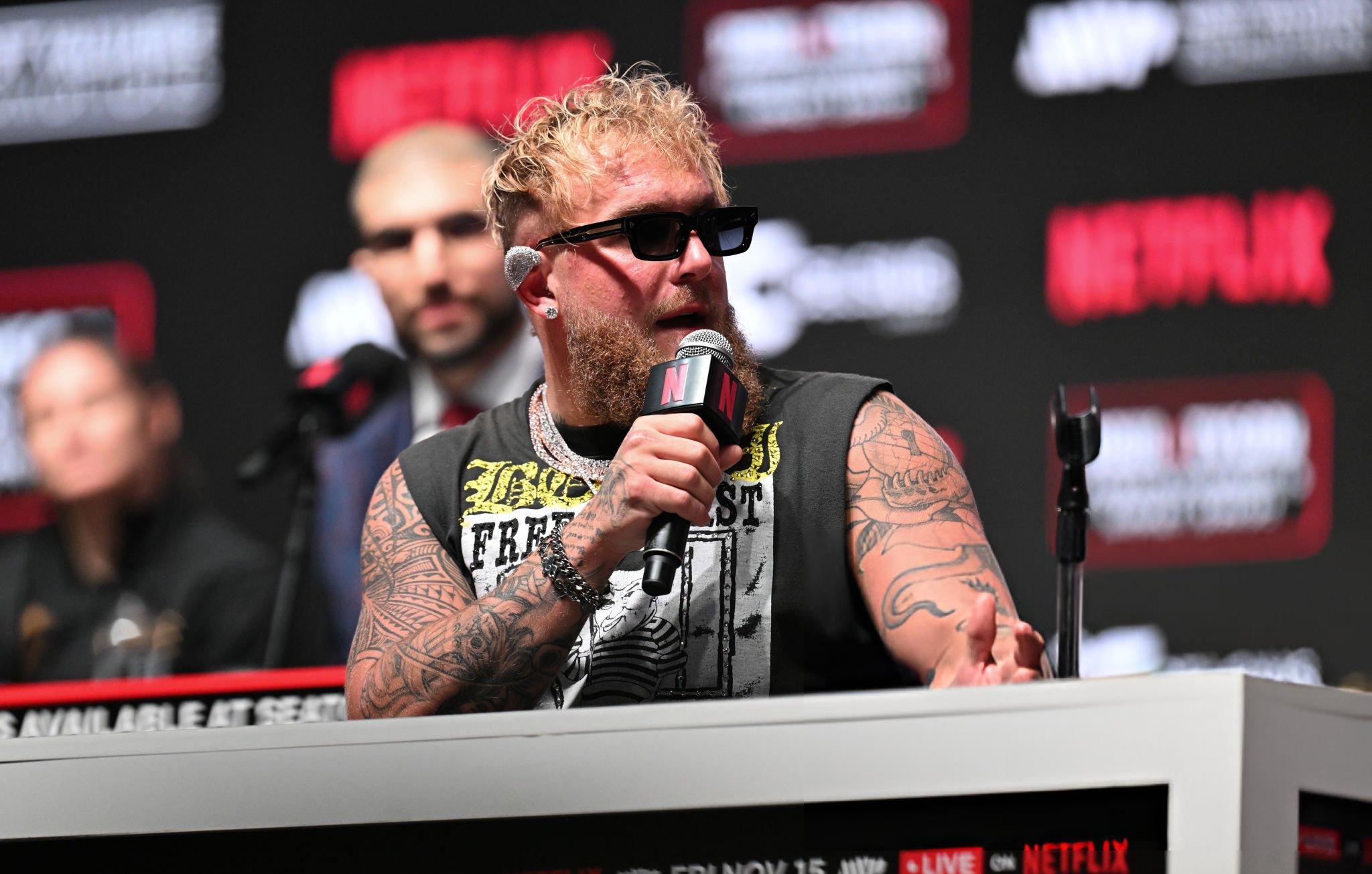
MVP was launched in 2021 through Paul’s partnership with manager Nakisa Bidaryan. On the surface sat a noble mission about a “new generation of fans,” a hybrid of digital formats and world-class live events, and a fighters’ ethic. In practice it meant smart monetization of name-brand media clout: control over PPV, ticket revenue, and sponsorship packages. A telling detail: even after losing to Tommy Fury, Paul reportedly grossed about $30 million in total precisely thanks to the PPV distribution structure set up by MVP. The bigger the slice of the broadcast and ticket-sales pie, the stronger the promotion’s financial resilience.
The Event as Cultural Code: Tyson–Paul and the Netflix Effect
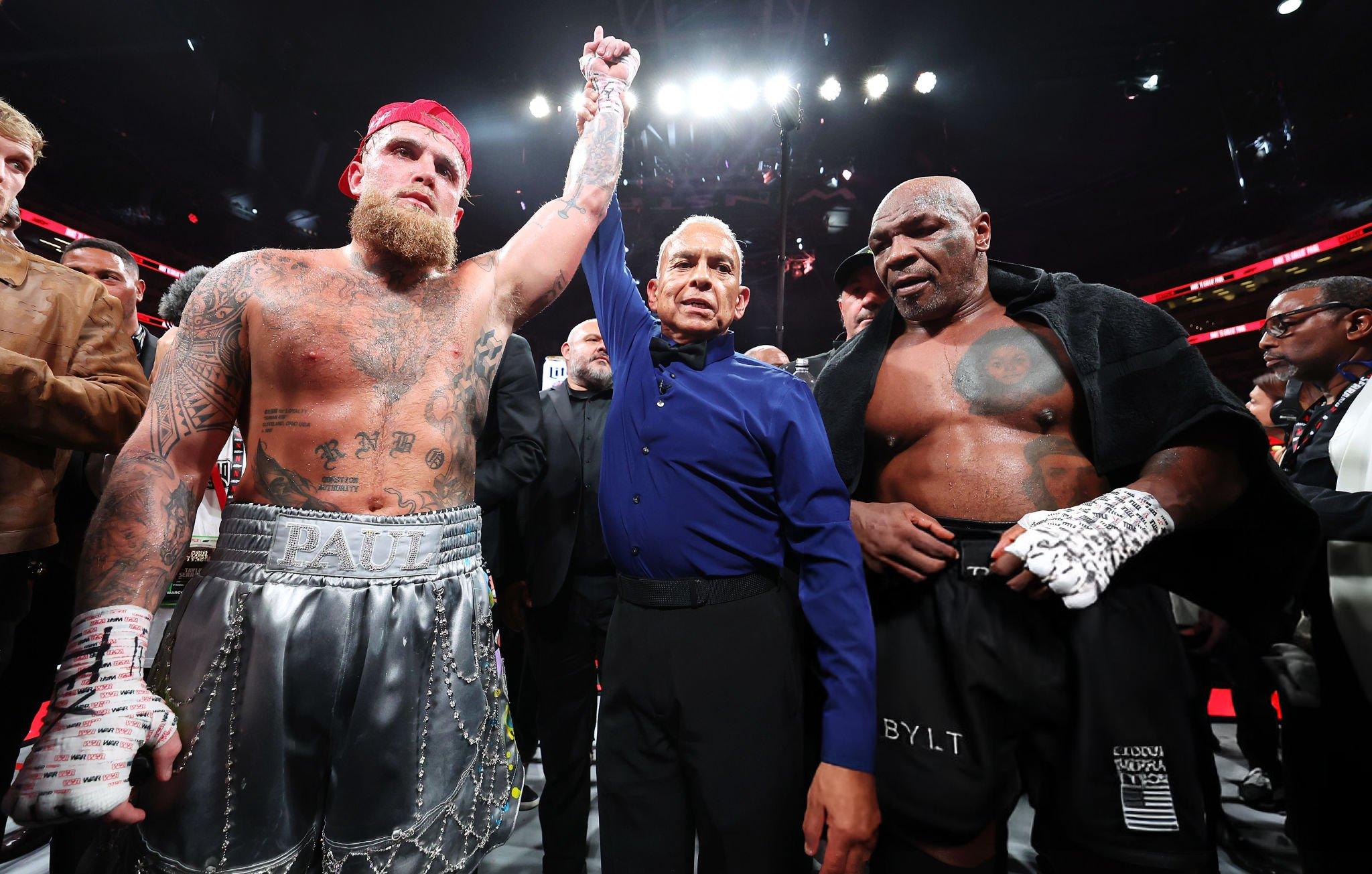
MVP’s signature play was Paul’s bout with Mike Tyson. Netflix secured the broadcast rights, turning the show into the most-watched sporting contest in streaming history. The “gate” topped $18 million — a record for combat-sports events in Texas. The publicly cited purses impressed as well: roughly $20 million for Tyson and $40 million for Paul. For the market, this signals that MVP can package an event so that media, venues, and viewers all get maximum value at once. It’s no accident the organization co-promotes with majors like Matchroom, and its cards air on top platforms — ESPN, DAZN, BR Sport, FITE.
Betting on Queens of the Ring: Women’s Boxing as the Flagship Strategy
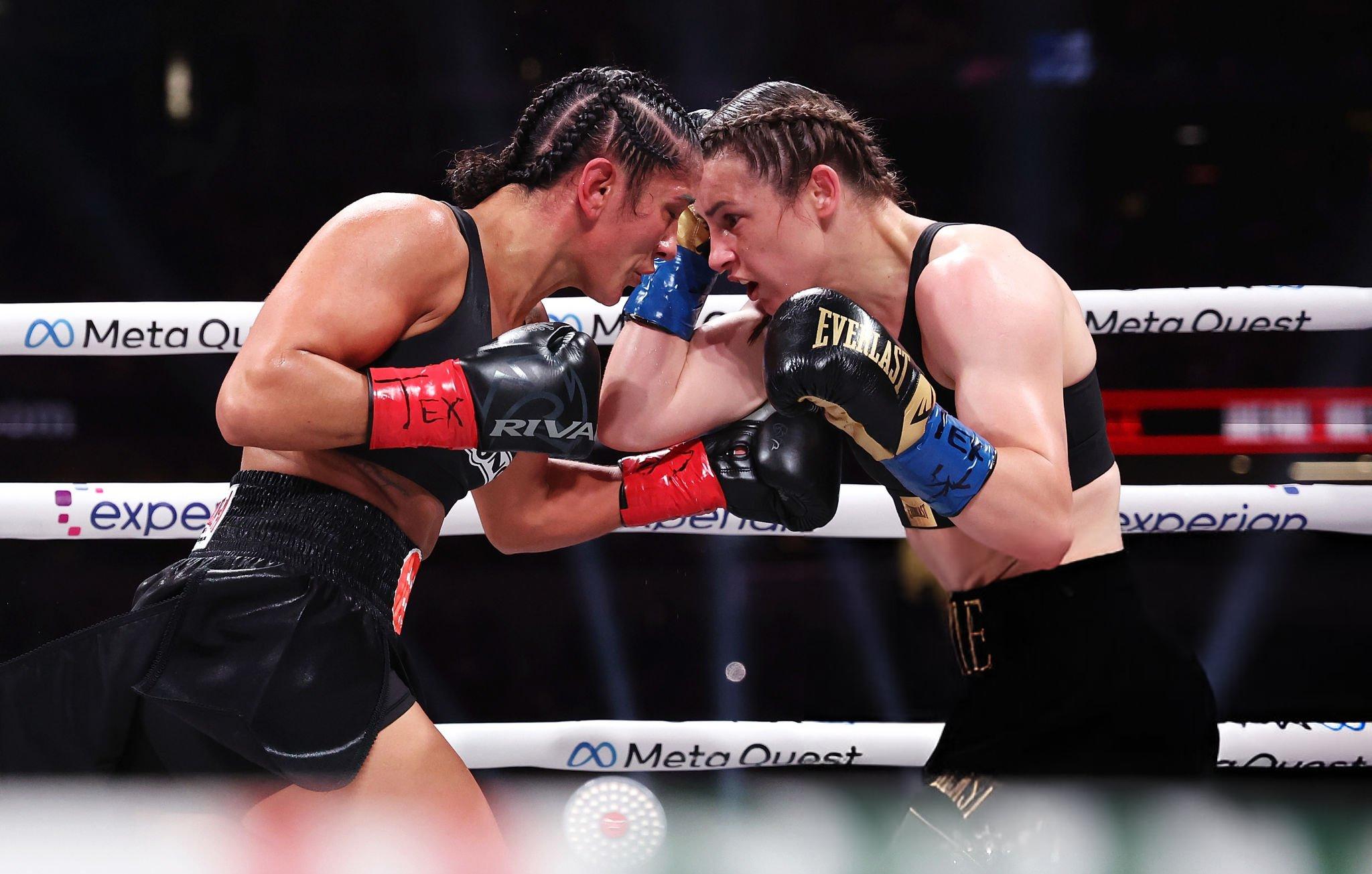
Setting Paul’s own fights aside, MVP’s strategic focus is women’s boxing. One of its first marquee signings was Amanda Serrano: around her, Paul built three megafights with Katie Taylor for undisputed status (in two weight divisions). The wins didn’t come, but each bout raised the profile of women’s boxing and strengthened MVP’s image as an ambitious player.
Then came a list of names that speak for themselves: Cherneka Johnson, Holly Holm, Ebanie Bridges, Alycia Baumgardner, Shadasia Green, Chantelle Cameron, Savannah Marshall — and rumors of a potential collaboration with Claressa Shields. This is no random assortment: almost every one is a decorated star, forming MVP’s recognizable women’s roster. In essence, Paul amassed a critical mass of the elite in one pool and, by doing so, began setting the agenda.
Records as a Marketing Tool: The Night That Entered Guinness World Records
The culmination of this policy was a show that featured five title fights on a single card, including three for undisputed championships. There were 17 belts on the line, and counting interim titles and The Ring made it more than twenty. The event entered Guinness World Records as the most “title-laden” night in boxing history. For a promoter, that’s more than numbers: it’s a case study that sells every subsequent negotiation with sponsors and venues.
A Conveyor of Future Stars: Most Valuable Prospects
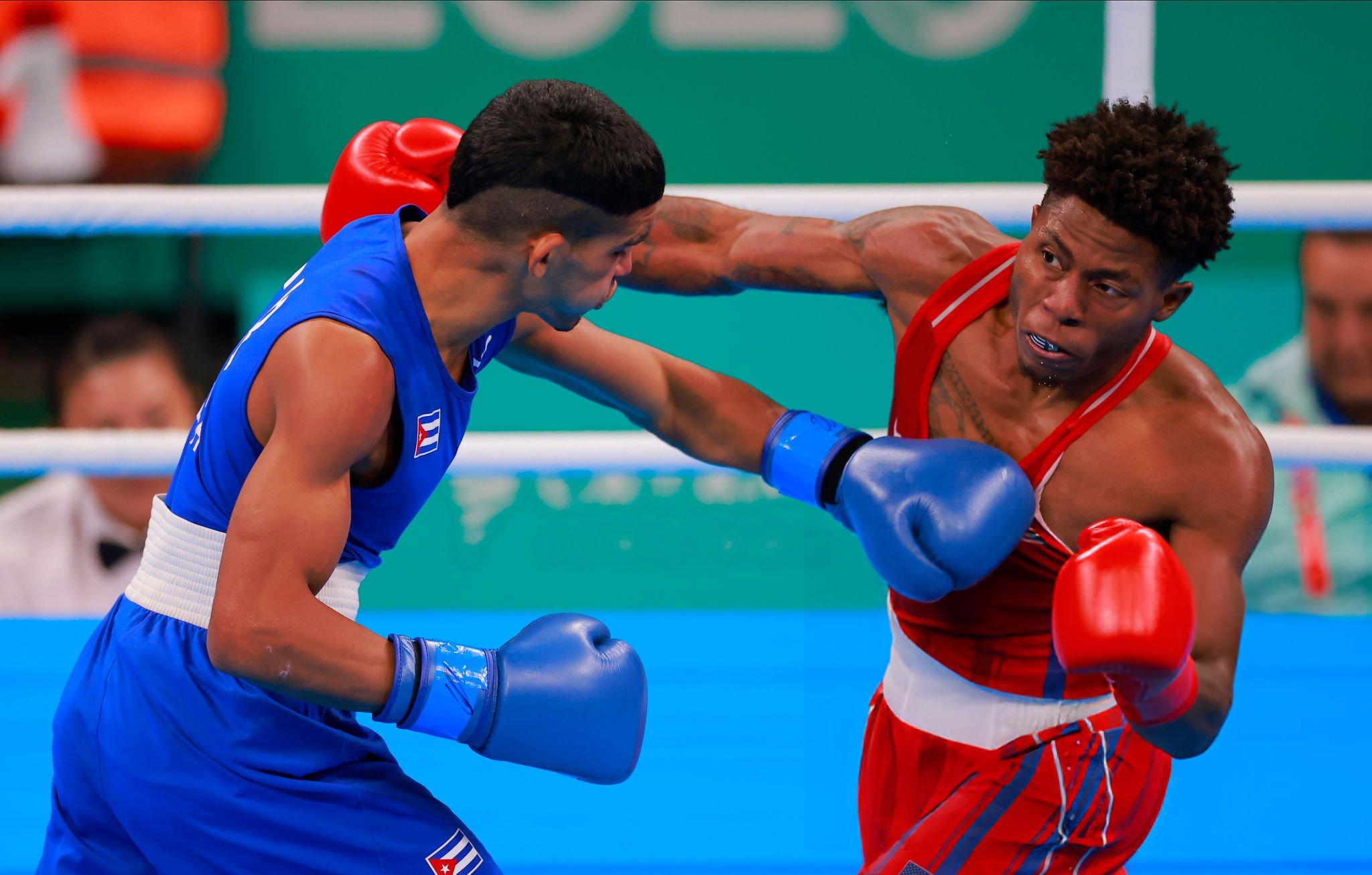
MVP isn’t confined to today’s headliners. In partnership with DAZN, the company launched the Most Valuable Prospects series — regular events aimed at talent identification among young pros. The best earn contracts and an accelerated rise through the fight card. A fresh example is Jamal Harvey, a standout talent Paul noticed back on the U.S. Olympic team. Harvey hasn’t debuted as a pro yet, but he’s signed and preparing to do so — a classic “early bet” by a promotion on a future champion.
Business Momentum and the Model’s Fragility
According to Nakisa Bidaryan, MVP has posted record financial results year after year: more events, more partners, a broader media pool. There is, however, an obvious risk — overreliance on the Jake Paul brand. While his stock is high, the organization wins on all fronts. But if his media momentum dips, the wave could engulf the promotion as well. The antidote is diversification through women’s boxing, partnerships with major players, and a prospects conveyor that produces product even without Paul’s direct participation.
What’s Next: From Showcases to a Sustainable Ecosystem
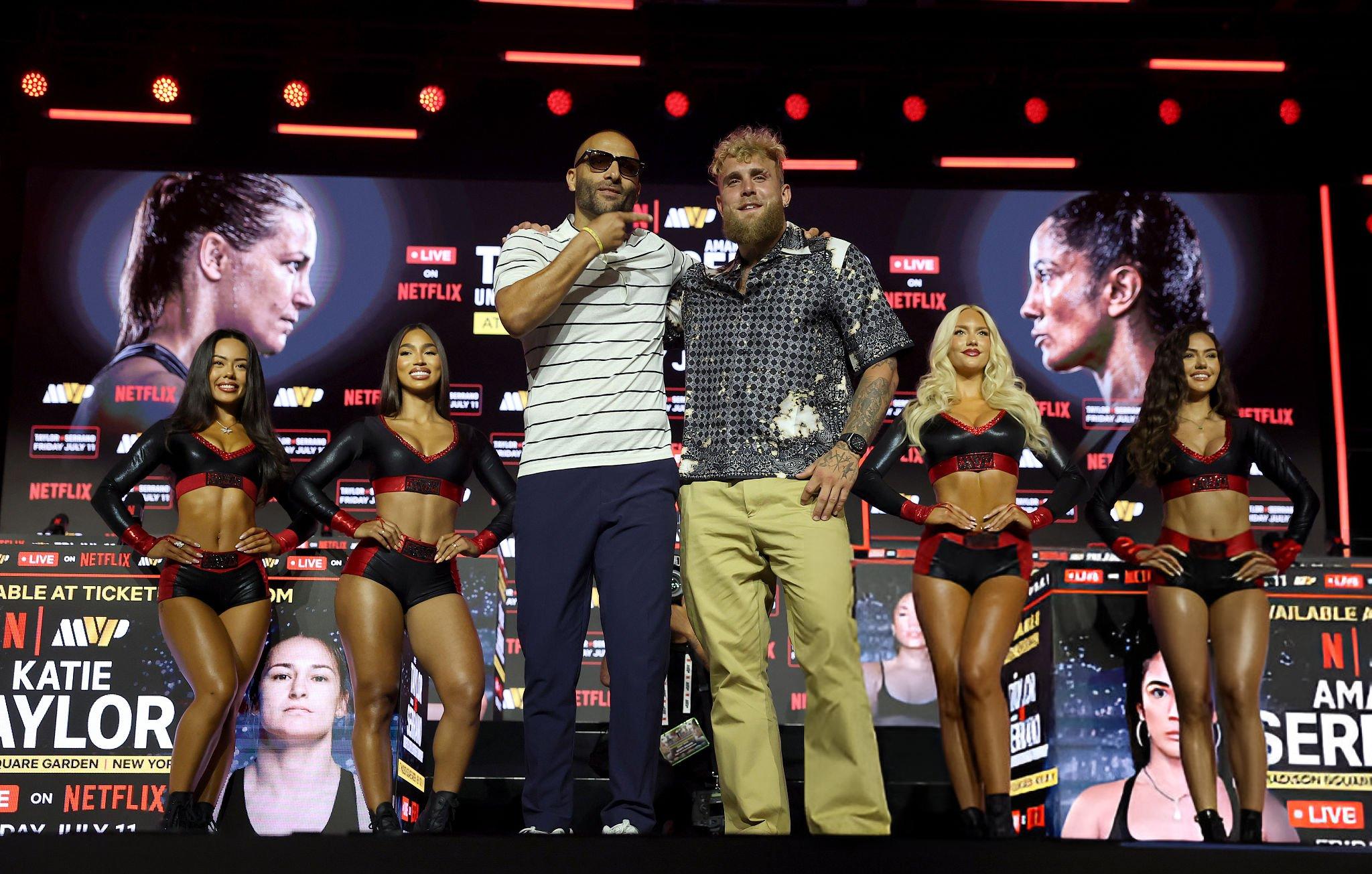
MVP has already proved it can stage big shows, post record numbers, and hold global attention. The next step is to turn a set of splashy cases into an ecosystem: a stable calendar, synchronization with the largest platforms, content around the fights (docuseries, reality formats, behind the scenes), and insulation from “star risk” by expanding the roster and developing Most Valuable Prospects.
Paul may never become a classic old-school promoter — he’s building a model at the intersection of the influencer economy and the sports business. But one thing is clear already: he intends to conquer boxing not only with uppercuts but with P&L statements. And as long as the strategy works, the industry will have to adapt to the new rules of the game.

